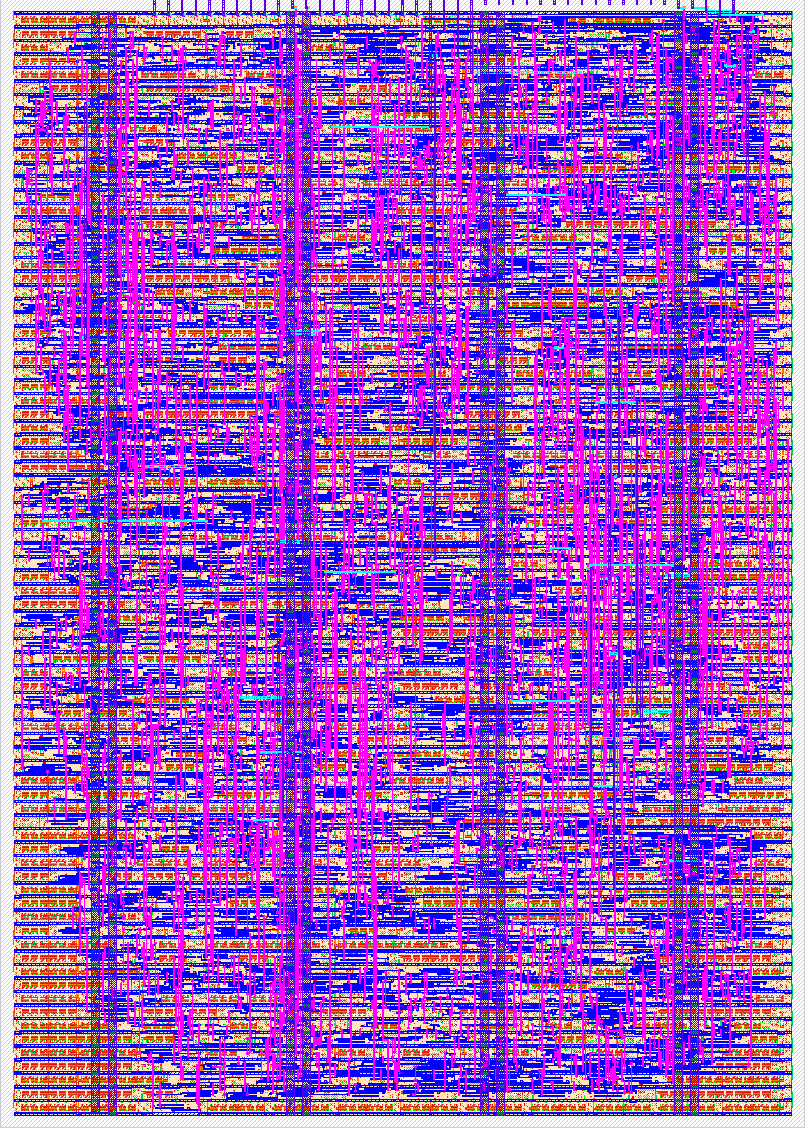580 rc_servo_motor_xy
580 : rc_servo_motor_xy

- Author: Yavar Hadi
- Description: rc servo motor chip
- GitHub repository
- Open in 3D viewer
- Clock: 50000000 Hz
How it works
This design is a two-channel RC-servo pulse generator. Two asynchronous comparator inputs
(ui_in[0] = X, ui_in[1] = Y) are sampled and processed by the DUT. For each axis the logic
produces a standard servo PWM frame with a period of ~20 ms and a pulse width between ~1.0 ms
and ~2.0 ms. The system clock is the TinyTapeout clk (50 MHz). Reset is active-low (rst_n)
and outputs are forced low when ena is deasserted. The outputs are:
uo_out[0] = PWM_X and uo_out[1] = PWM_Y. All other pins are unused and tied low.
How to test
- Program the TT board with the bitstream containing this project and select it (
enahigh). - Drive
ui_in[0]andui_in[1]with digital levels to emulate the comparator results:- a higher duty of high time represents a larger tilt/command.
- Observe
uo_out[0]anduo_out[1]on a scope. You should see a 20 ms frame where the pulse width varies roughly 1.0–2.0 ms according to the inputs. - In simulation (Verilog or cocotb), toggle
ui_in[0]/ui_in[1]periodically and check the measured pulse widths onuo_out[0]/uo_out[1]. Keeprst_n=1and provide a 50 MHz clock.
External hardware
List external hardware used in your project (e.g. PMOD, LED display, etc), if any
IO
| # | Input | Output | Bidirectional |
|---|---|---|---|
| 0 | comp_async_x_i | pwm_pin_x_o | |
| 1 | comp_async_y_i | pwm_pin_y_o | |
| 2 | pwm_x_o | ||
| 3 | pwm_y_o | ||
| 4 | |||
| 5 | |||
| 6 | |||
| 7 |